20 Times Kindness Won the Argument Without Saying a Word

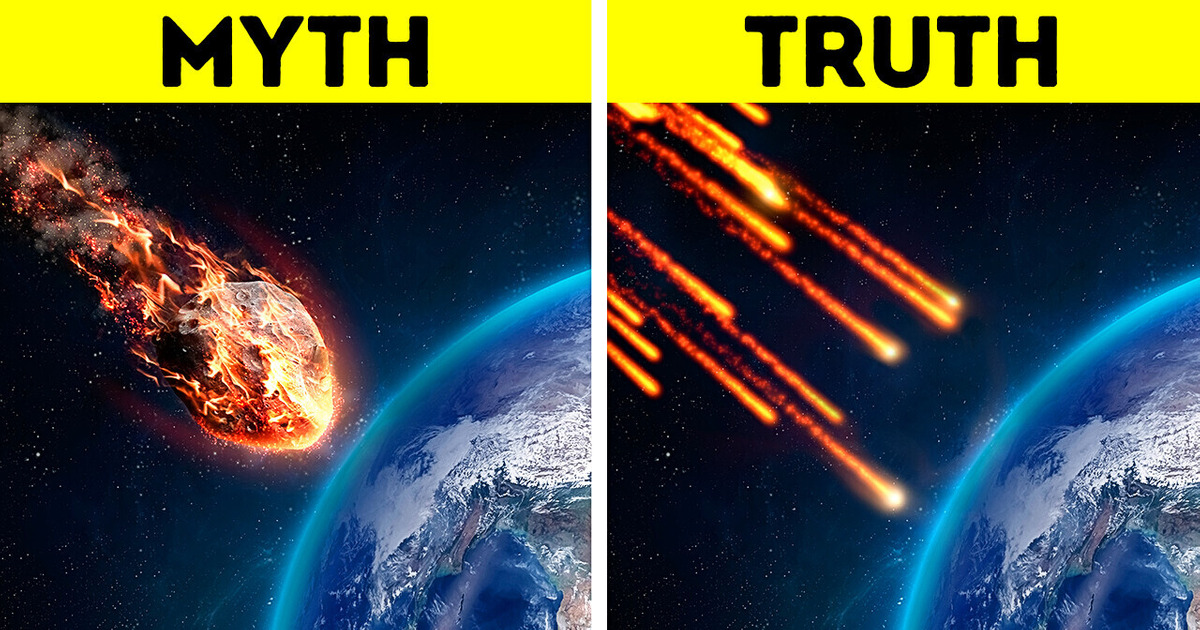
Hey, Myth-busters! Today we’re debunking some classic space myths. Hop on the next space shuttle and let’s get to the bottom of these tales once and for all! Picture this: you’re floating weightlessly in space, sipping on a cup of delicious hot chocolate, when a peculiar thought pops into your head. Can you scream in outer space? And if yes, would anyone hear that scream? If you’ve watched the movie “Alien”, then you know the answer to this one. You can’t hear sounds in outer space. It’s not that sounds don’t exist. It’s just that you can’t hear them. There’s no one better to clarify this myth than Chris Hadfield.
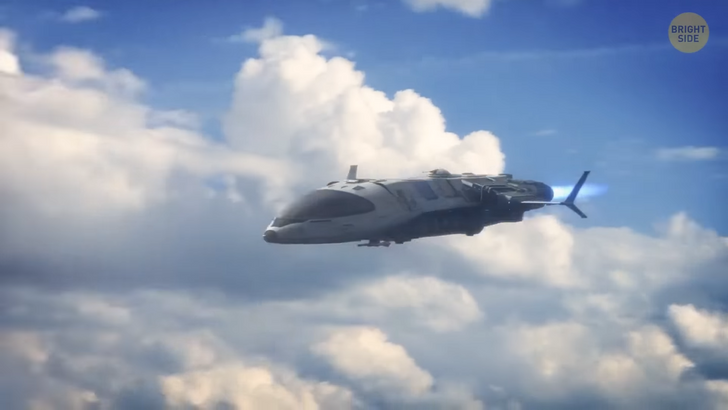
He’s been on a couple of spacewalks during his life as an astronaut. And once you’re out there in the darkness of space, you can’t hear anything. All you hear is silence. Complete silence. But hey, just around the corner is a massive ball of explosion, aka, the Sun. We just can’t hear the explosions happening because there’s no medium for sound to travel through. It would be quite uncomfortable for an astronaut, though, if they could hear all the noises going on in outer space.
Now, imagine you’re zipping through space, feeling like a futuristic superhero, when a shooting star passes by your side. But wait — is it really a star? Unfortunately, shooting stars are not stars at all. They are small space rocks, known as meteoroids, entering Earth’s atmosphere and creating a stunning light show. Oh, and since we’re debunking myths, let’s head straight for another one. You’ve probably heard that meteors only crash into Earth on extremely rare occasions. Like once every Dinosaur-extinguishing apocalypse. That’s not true. Scientists estimate that about 48 tons of meteoritic material fall on Earth each day. But almost all of this material is vaporized in Earth’s atmosphere. The bright trail we see in the night sky is what we popularly call a shooting star. Next time you make a wish upon a shooting star, remember, you’re actually hoping on a tiny piece of space debris. It’s not so romantic after all.

Can we or can we not fly into the stratosphere on air balloons? Apparently, we can. The Earth’s stratosphere starts relatively close to the ground. About 7 or 8 miles up from the Earth’s surface. But it continues a long way up. If you were to fly yourself all the way into the stratosphere with some type of air balloon, just make sure you have really good equipment at hand. You’ll need a special suit and some breathing devices because air starts to get pretty thin the higher you get. Of course, if you do go all the way up, you need to get a picture of the Earth’s curvature. So take some chest harness with you where you can put a special camera or something like that. And how about you live-stream the whole thing? That would be a first!
Imagine it’s been 102 days since you left Earth. You’ve adapted well to life in outer space. But something weird is happening to your body: you’re getting taller. How is that even possible? Don’t stress about it, it’s completely normal. The truth of the matter is: you’re not getting taller. This is what happens to your body when it’s not under the effect of gravity. Our body has natural space between vertebrae and joints. On Earth, this space is almost completely squeezed due to the force of gravity. But in space, your body gets some time off of the pushing force of gravity and begins to stretch more and more. So yes, astronauts can grow up to 3% taller when they’re on long missions. And here’s a curiosity: NASA has that all covered when they’re tailor-making spacesuits of course. This way astronauts will always have extra space in their suits. Once astronauts are back on Earth, the anti-gravity effect will wear off. So maybe they’ll spend a few days wearing capri pants before it fits perfectly on their bodies again.
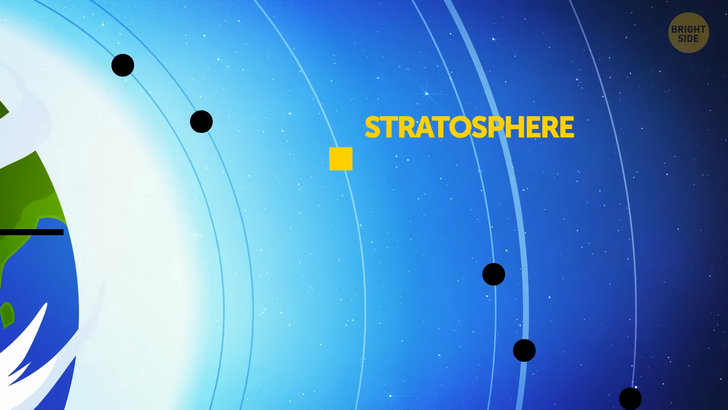
Never have I ever pictured an airplane door bursting open mid-flight and a bunch of passengers being sucked into the atmosphere like flying feathers. Well, I’m betting most of you have had similar thoughts when getting inside a plane. Now imagine if this were to happen in outer space. Common knowledge says that if an astronaut is sucked out of an airlock, this person would be burnt to a crisp. Brace yourselves because this is not only true, but the reality of it is way worse. According to astronaut Chris Hadfield, this is what would happen. The part of your body in the shade of the sun would experience temperatures of −418 F. While the part of you getting sunlight, would burn at around 480 F. Your lungs would collapse and your blood would start to boil like tea water. So you would: burn, freeze, lose your ability to breathe, and boil. Yikes!
How many times have you heard that astronauts have to work out every second of every day otherwise they’ll pass out? This is a complete myth. Remember we talked about gravity earlier? Due to the lack of gravity in outer space, our bodies don’t have to do any heavy work. Our torsos don’t have to sustain the weight of our heads. And we don’t have to make any effort to move our legs because essentially, there’s no walking in outer space. Now imagine living like that for 6 months, or even a year of your life. Your muscles could turn into jello. That’s why astronauts work out. They’ll strap themselves and run on a treadmill. Or they’ll do some weightlifting in a special machine. This way their muscles won’t feel the lack of gravity too much. They do need to keep hydrated though. You know what, if I was an astronaut, I’d ask NASA if I could take my super-soft water flask up into space with me.
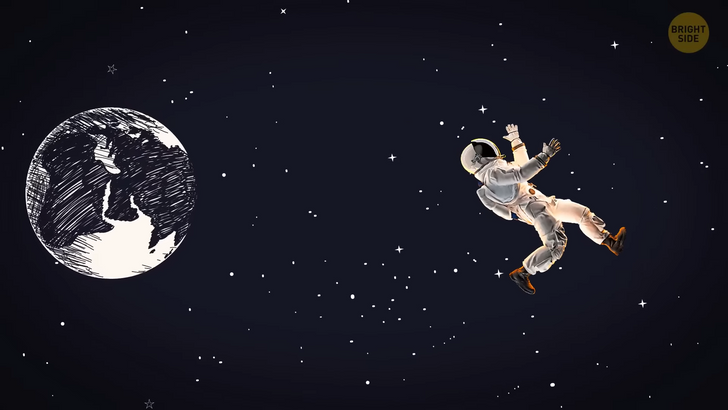
You’ve probably heard that space smells like burnt steak. Or barbecue sauce. Now, as much as this sounds absurd, this myth is more true than it is false. Astronauts obviously can’t smell space when they’re in it because they can’t take off their helmets. They usually smell it once a space vehicle docks and they open up the hatch. Apparently, what causes this smell is the presence of hydrocarbons that float around in space. Who would have thought, huh? Hey, smart people, let me ask you a question. Do you really think that if astronauts fly at the speed of light, they won’t age a single second? I knew you’d say no. Let’s get a few things straight. First of all, we haven’t figured out how to operate vehicles at the speed of light. This would require an immense amount of energy and we don’t have the technology to do that.
Second, even if we managed to send a human inside a spacecraft that traveled at the speed of light, this person would still age. They would age differently than the people who remained on Earth, that’s a fact. But they would still age. Do you lot really think there’s such a thing as immortality? Nah! If you’ve seen Avatar 1, then you certainly remember that humans only managed to get to Pandora because they traveled in cryosleep. In other words, they froze their bodies, put them in a cryo bed, and traveled for years without aging. Yes, this sounds amazing. But we still don’t have the technology to do that.
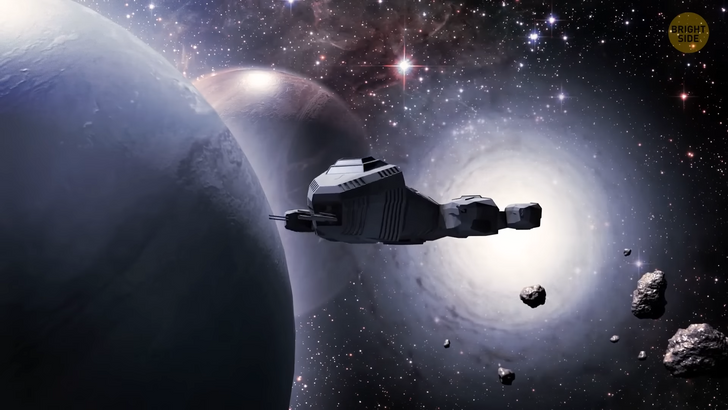
Our bodies are mainly made out of water, right? And when you freeze water, it expands. That’s why you should never leave soda cans unattended in your freezer. Right now, if we froze a person’s body, the water inside of it would expand. Harming tissues and organs. So no, we can’t cryosleep our way into interstellar travel. Not yet at least. Here’s a crazy thought. What would happen if an astronaut took a drone with them on one of their spacewalks? Unless it’s a NASA-designed drone, maybe the thing would freeze and burn like humans would if they went out into space without a suit. But hey, a person can dream, can’t they?











